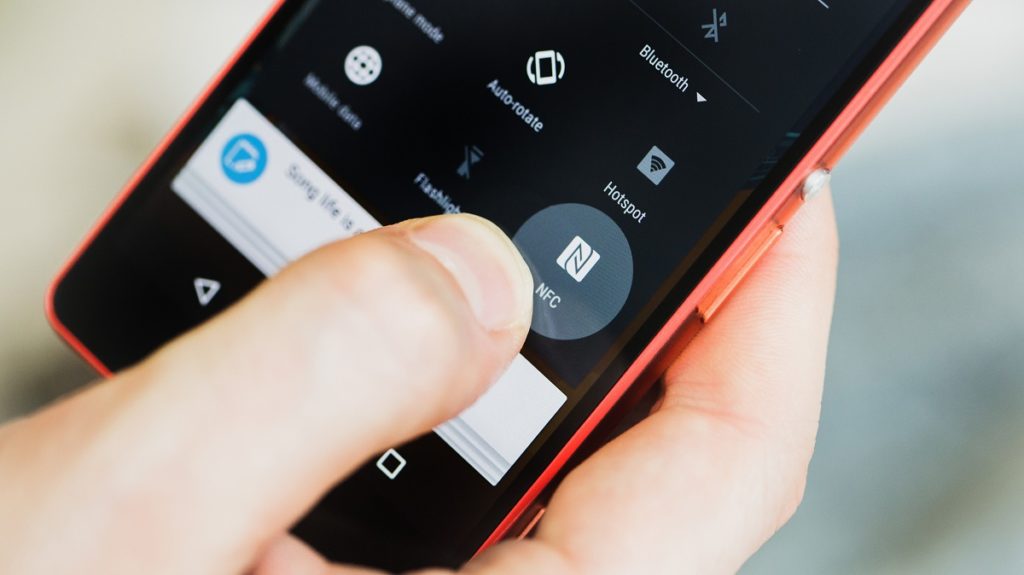The NFC Forum is adopting the Wireless Charging Specification (WLC) that makes it possible to wirelessly charge small, battery-powered consumer and IoT devices with a smartphone or other NFC charging device. This is to be done at a power transfer rate of up to one watt.
This will improve the user experience for the two billion consumers and businesses using smartphones and other NFC-enabled devices.
The WLC enables a single antenna in an NFC-enabled device to manage both communications and charging. This solution makes it easier and more convenient to charge low-power IoT devices such as smart watches, fitness trackers, wireless earbuds, digital pens and other consumer devices.
The WLC was published last year as a Candidate Specification and after a careful validation process, the NFC Forum is now able to publish this specification as an adopted Technical Specification, ready for implementation in the market.
“The NFC Forum’s Wireless Charging Technical Specification allows for wireless charging of small battery-powered devices like those found in many of the estimated 36 billion IoT devices in use today. NFC wireless charging is truly transformative because it changes the way we design and interact with small, battery-powered devices as the elimination of plugs and cords enables the creation of smaller, hermetically-sealed devices.”
How the NFC Wireless charging will work
Wireless Charging allows for wireless charging of small battery-powered devices like those found in many IoT devices. This approach can help avoid the need for a separate wireless charging unit for small devices if the device includes an NFC communication interface.
For example, a Bluetooth headset which includes NFC technology for pairing could also use the NFC interface for wireless charging. In this case, the NFC antenna is used to exchange the pairing information and to transfer power.
This NFC specification uses the 13.56 MHz base frequency and leverages the NFC communication link to control the power transfer. NFC technology is unique in that it allows the transfer of power to an NFC tag to enable communication by providing a constant carrier signal.
The WLC specification extends this communication functionality of NFC technology to enable wireless charging and ensures a safe charging process between two NFC-enabled devices in either static or negotiated modes. Static mode uses standard radio frequency (RF) field strength and provides a consistent power level.
Negotiated mode uses a higher RF field supporting four power transfer classes of 250, 500, 750 and 1000 milliwatts.
Read More:
How to preserve your laptop battery life
Bad habits spoiling your phone

